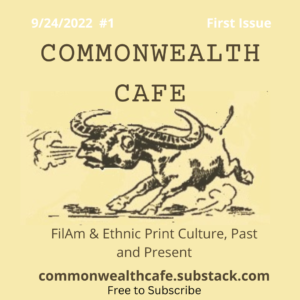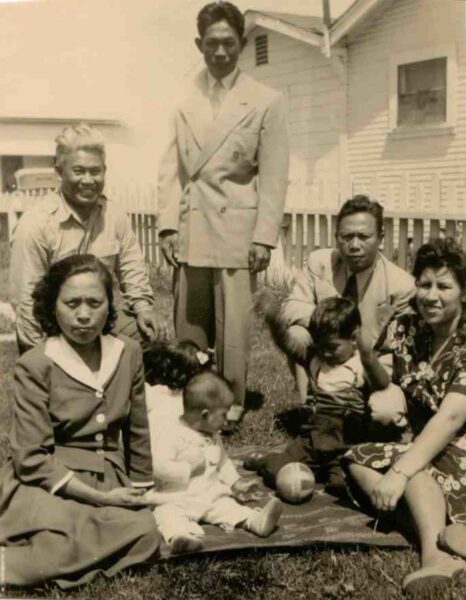I’ve maintained an arts and culture newsletter, Eulipion Outpost on Substack for 82 issues, publishing them weekly. With this experience behind me–and knowing now that weekly newsletter writing is enjoyable and keeps me productive–I’ve decided to start a newsletter offshoot of this website (with the same name), Commonwealthcafe, on Substack.
I intend to use the newsletter to share excerpts from various FilAm as well as other (mostly AAPI) historic (late 19th through 20th c.) newspapers and related print culture. But I also want to explore the relationship between these earlier “historical” examples and the state of ethnic print culture today.
Subscription, for now, is free; I’m not currently sure how often I’ll publish, but I suspect that in the beginning, it will be bi-weekly (?). And I don’t expect the issues to be very long. Likely, each one will contain an historical newspaper or pamphlet excerpt, and a list of interesting historical print culture article links.
The Commonwealth Cafe website will remain up, and perhaps will undergo a few changes.
I hope you’ll subscribe to receive issues in your email!

First issue of the Commonwealth Cafe newsletter.



